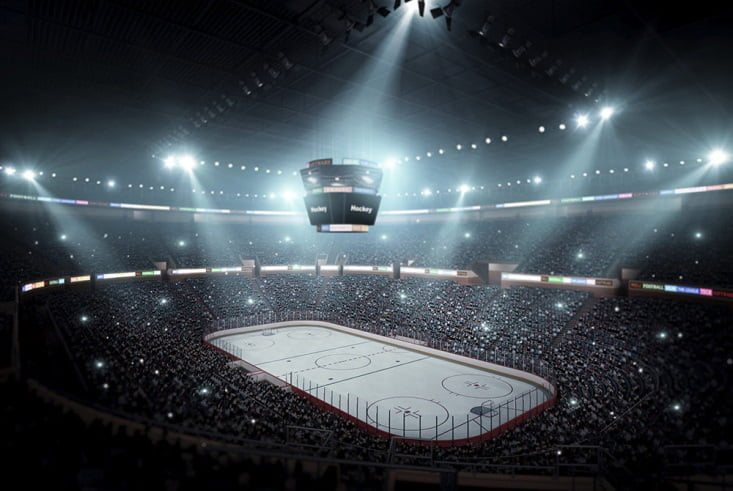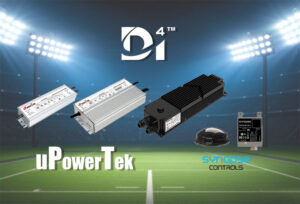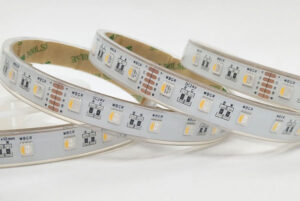Stadium lights are critical to ensure that sporting events, concerts, and other outdoor activities can take place at night. They are high-intensity lights that need to be carefully designed and positioned to provide adequate lighting for the entire playing area, while minimizing glare and light pollution. Here are some of the key design considerations for stadium lights:
Light intensity and coverage area
The light intensity required for a stadium will depend on the type of event and the size of the playing area. For example, a football field will require higher intensity lights than a baseball field. The coverage area of the lights should also be carefully considered to ensure that the entire playing area is evenly lit.
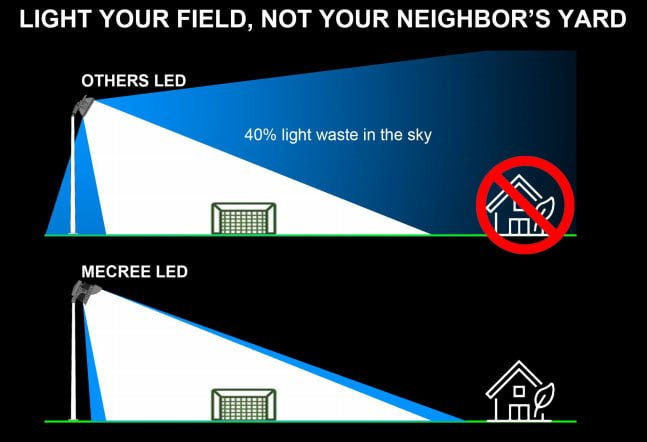
Light direction and distribution
Stadium lights should be carefully positioned to minimize glare and light pollution. The lights should be directed towards the playing area and away from surrounding neighborhoods. It is also important to consider the distribution of light to avoid dark spots and ensure even coverage across the playing surface.
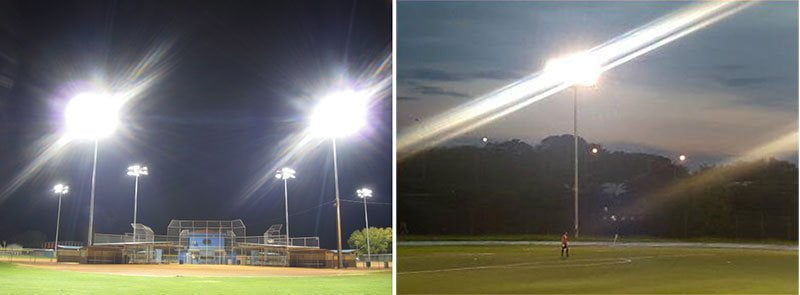
Light color and temperature
The color and temperature of the light can affect the visibility of players and the clarity of video footage. Most stadium lights are designed to produce white light with a color temperature of around 5000-6000K.

Power consumption
Stadium lights consume a significant amount of electricity, and energy efficiency should be a key consideration when designing a lighting system. The use of energy-efficient LED lights can significantly reduce power consumption and operating costs.
Maintenance and durability
Stadium lights are often exposed to harsh weather conditions, and their maintenance and durability should be carefully considered during the design phase. The lights should be designed to withstand high winds, heavy rain, and extreme temperatures. It is also important to ensure that the lights are easily accessible for maintenance and repair.
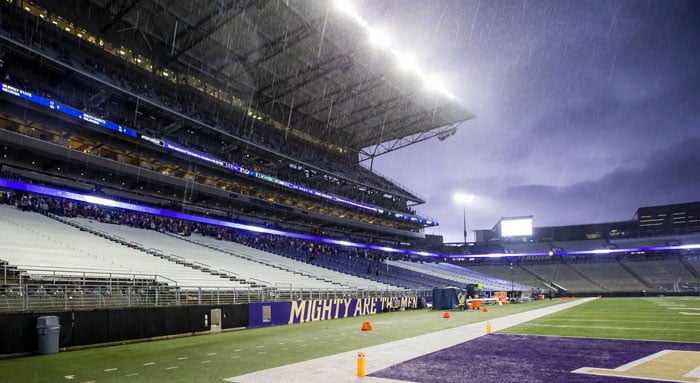
Control systems
Stadium lights often require complex control systems to ensure that they are operated safely and efficiently. These systems may include timers, sensors, and automated controls to adjust the lighting levels based on the event and time of day.
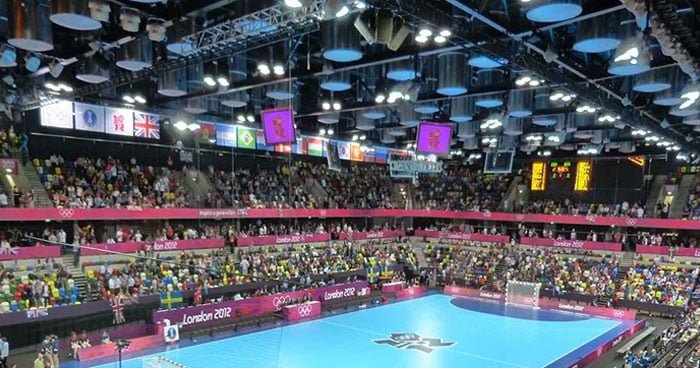
Environmental considerations
The impact of stadium lighting on the environment should also be considered. Light pollution can affect the behavior of wildlife and disrupt natural ecosystems. The use of shielding and other measures can help to reduce the impact of stadium lights on the environment.
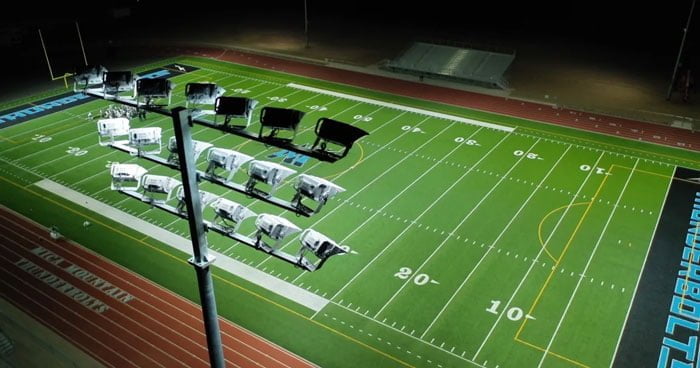
In summary, stadium lights are critical to enable outdoor events to take place at night. Careful consideration of the design factors, such as light intensity and coverage area, light direction and distribution, power consumption, maintenance and durability, control systems, and environmental impact, can help to ensure that the lighting system is effective, efficient, and sustainable.

